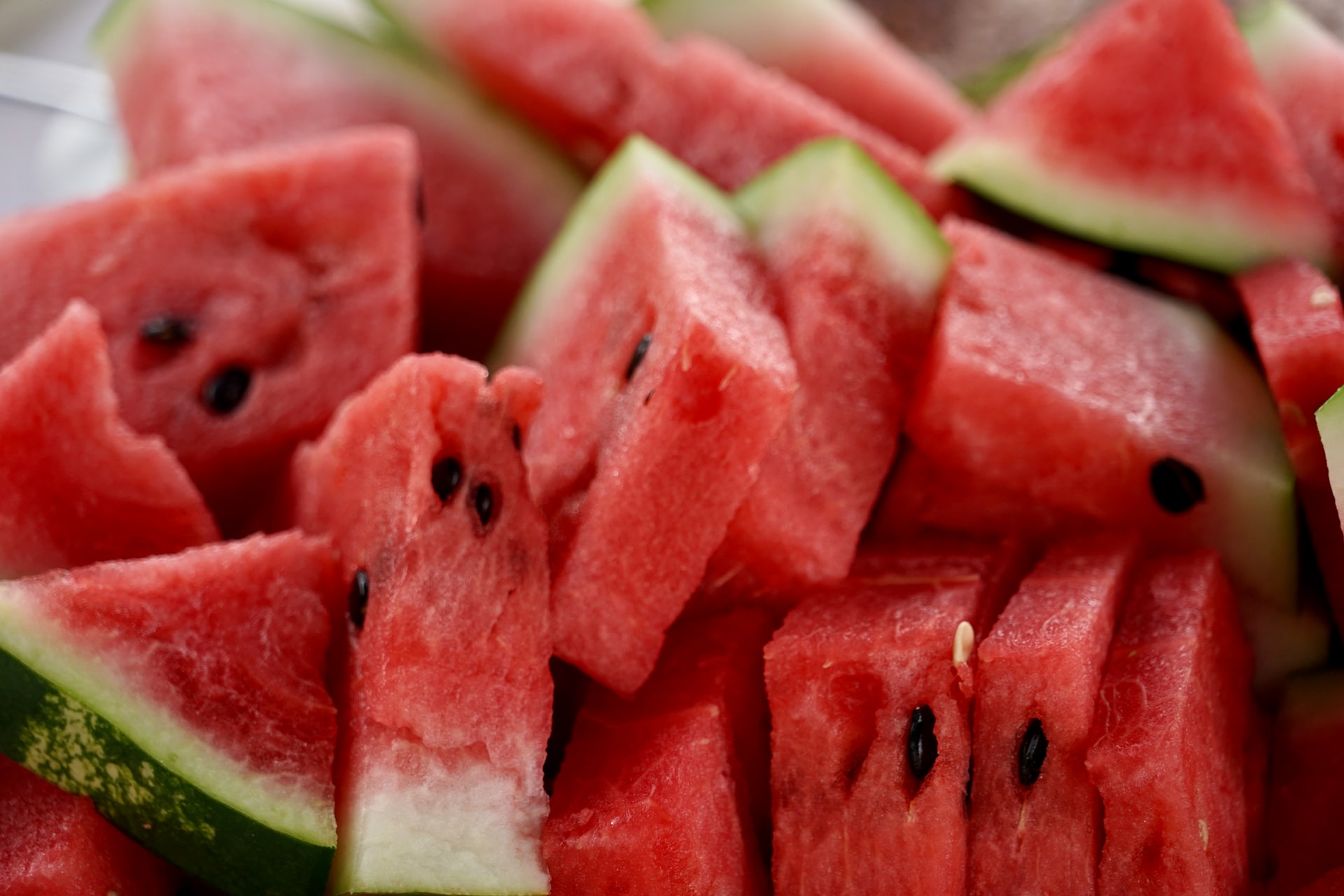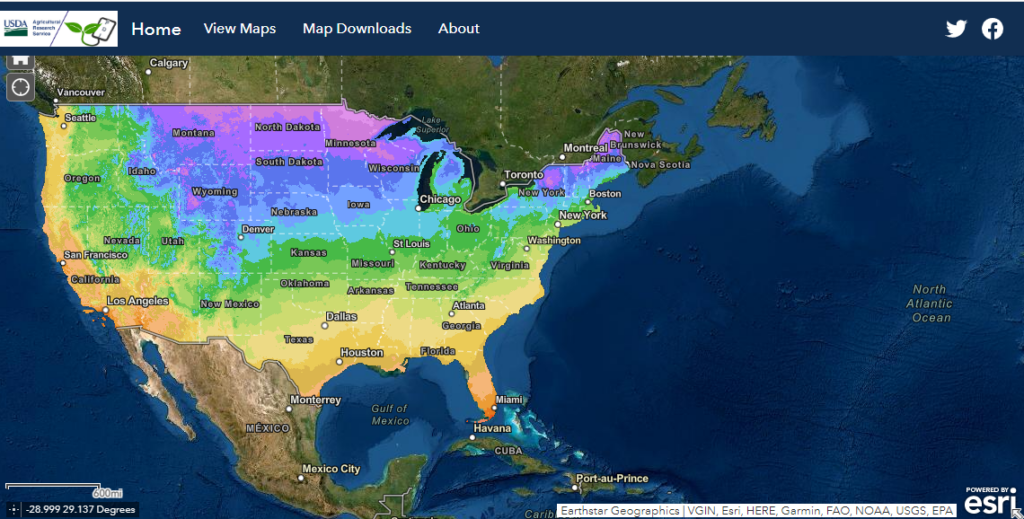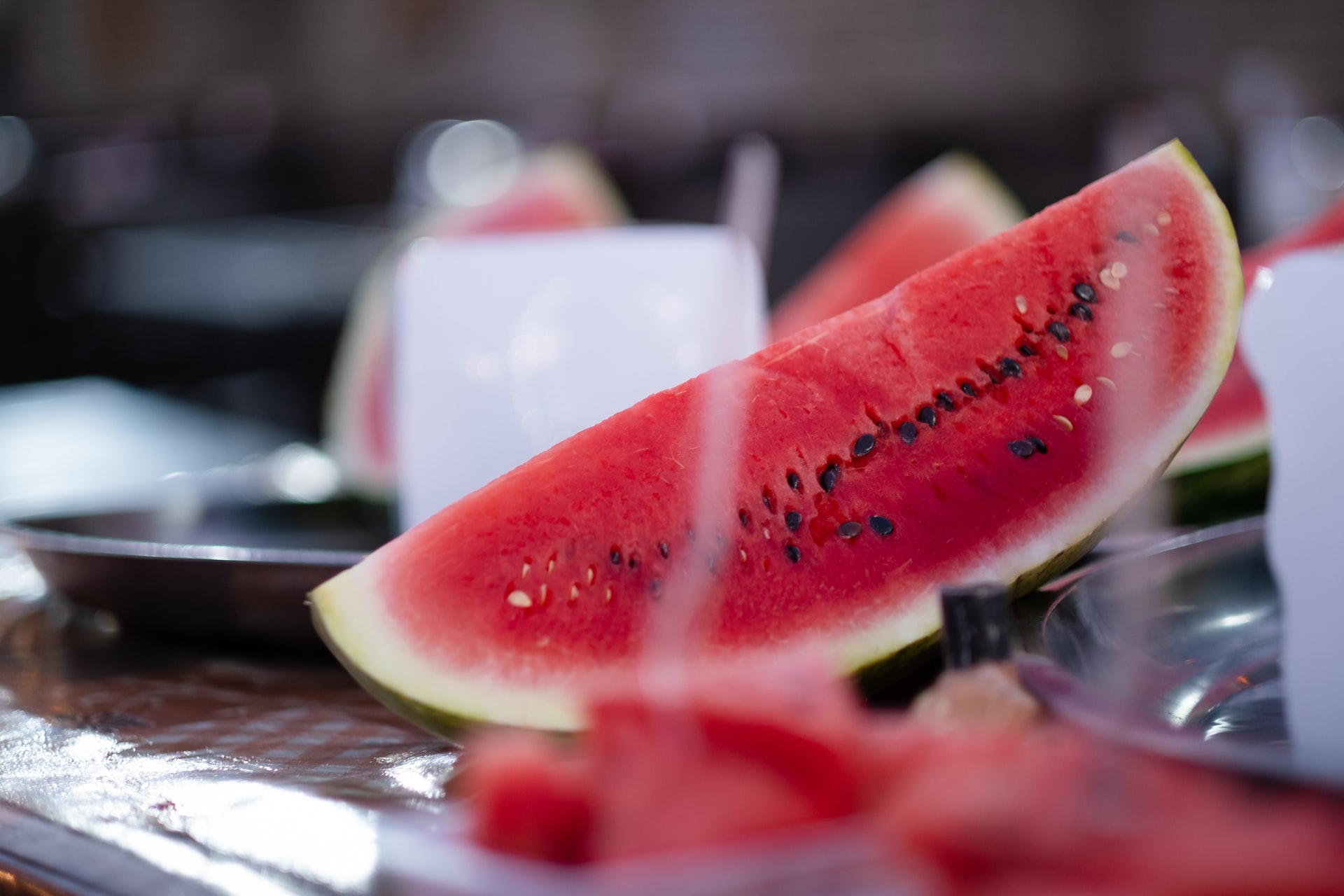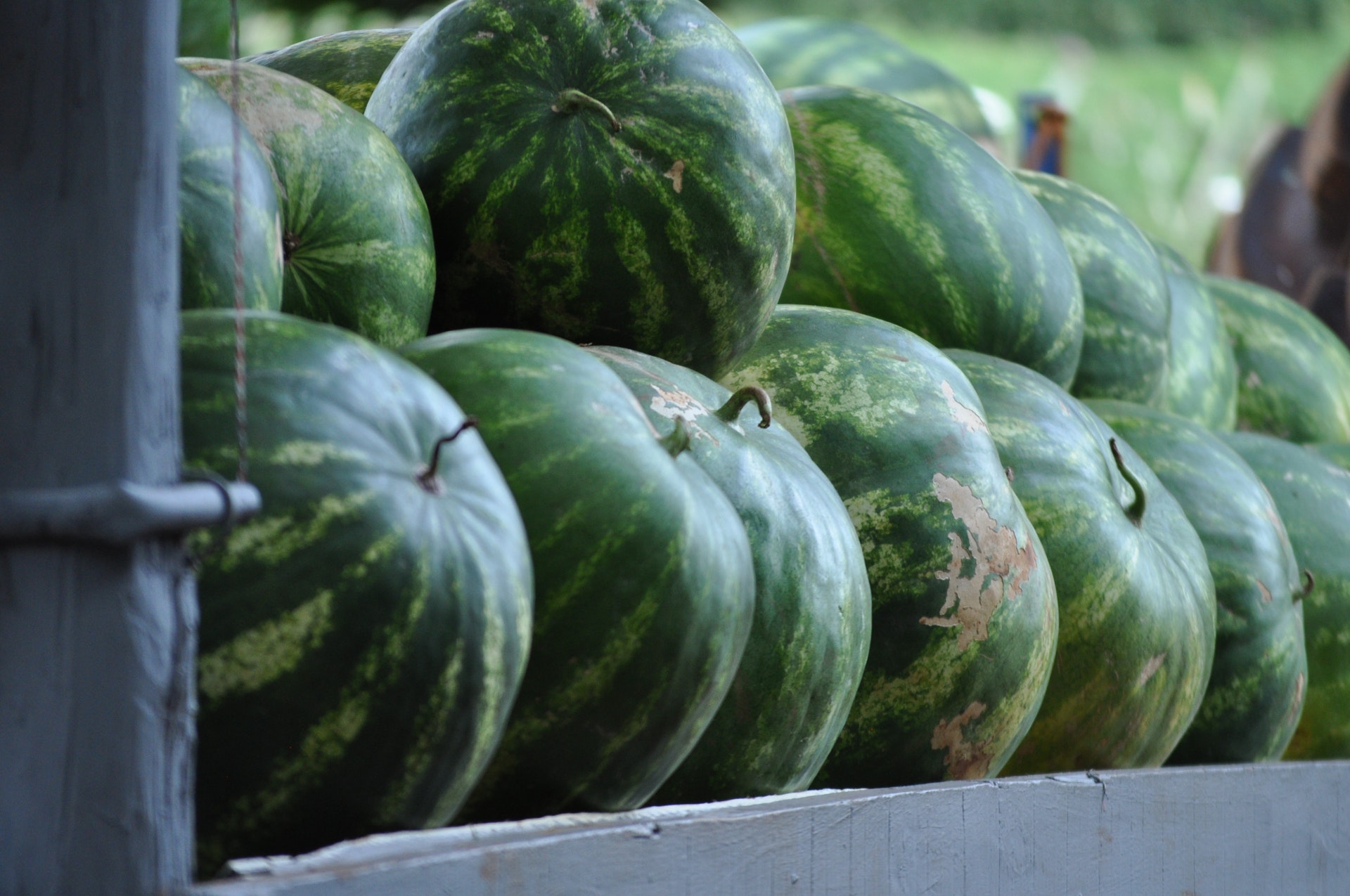- Best Soaker Hose Options Your Yard Truly Needs This Year - January 5, 2024
- Best Tomato Planters You Should Really Consider for Your Garden - December 21, 2023
- Best Home Depot Tomato Cages to Support Your Plants - December 16, 2023
For too many years, I was disappointed by icky watermelons. It didn’t seem to matter if I grew them in my garden or I picked them up from a local grocer or farmer’s market; I could not pick a good one. Since these are in the top five of my favorite fruits, I decided enough was enough – I no longer wanted to settle for something mediocre at best.
So, I did what anyone with WIFI and a computer would do. I sought out and learned the skill of watermelon selection. I read blogs and watched YouTube videos for hours. I honed my skill at the farmer’s market and the grocery store.
After many hours of practice, and a few setbacks, I learned how to select better watermelons and reaped the benefit of my ability. Once I felt confident, I decided it was time to share my newly found knowledge; after all, I think it would be a crime to keep this to myself.
And that is why I am writing this article. I am thinking of you, my watermelon-loving friends when I share all my favorite tips and tricks. I hope that you, too, will find the skills and confidence to pick only the best watermelons out of your garden or from your grocer. Just think, if we learn this skill and pass it along to others, no one will ever have to taste a mediocre watermelon again.
Bottom Line Upfront
Here’s the problem with learning a new skill – it takes time. I know your time is valuable, and you need to spend it doing the things you love (eating watermelon), so I want to provide you with a shortcut. Read this section for now and test the information as you shop or garden. When you have a few extra minutes to spare, come back and read the rest for all the juicy details.
Watermelons that are ready to be picked will have the following qualities:
- They will be in-season in your area
- They will have been in the ground as long as their seed packet estimates
- They will look like a mature version of their variety
- They will contain a field spot
- They will have dull skin (no shine)
- They will have distinguishable green and cream stripes if they are a variety that features stripes
- They will have a uniform shape
- They will have spots and dots that are evidence of sugaring and pollinating
- They will sound hollow when tapped with knuckles
- They will feel heavier than their size indicates
My Recommended Resources and Tips

This is the fun part where I get to let you in on all the secrets of watermelon. It may sound like there is some conspiracy to keep the good melons from the public, but honestly, I think we simply have a case of a lost art here. Once you read through my recommendations, you’re either going to realize how much of this stuff you are already doing or how easy it is to start doing. It’s not so much a secret conspiracy as it is a food revolution.
Use Contacts
If you are new to growing watermelon, I recommend you chat with someone who has done it before. Experienced watermelon gardeners can give you plenty of tips and tricks for harvesting watermelons at just the right time.
Perhaps, you are lacking personal contacts in the watermelon gardening department. Never fear; that’s why I’m here to help!
Use Planting Guides
To gain a general sense of when my watermelons are ready to harvest, I reference the planting guide that came on the seed packet. Here are two pieces of information your seed packets can provide and how you can use them for a better harvest:
USDA Hardiness Zone

This information is key when it comes time to decide when to plant watermelon. Where you live on the map will affect when you can plant watermelon seeds, and, therefore, when those watermelons will be ripe for harvest.
For example, zone 1 is considered a fairly chilly climate. Because zone 1 remains cold later in the year and watermelons require warm, sunny weather to grow, it is necessary to plant watermelons later in the year in this zone. By contrast, the situation in zone 11 is the exact opposite.
Watermelon Variety
With hundreds of watermelon varieties available for public consumption, it is important to learn all about the variety you have selected for your garden.
Some varieties will be better suited to grow in your USDA zone than others. Some varieties require a longer time on the vine. Some varieties grow into enormous sizes, odd shapes, or unique colors. It’s important to know these factors about your selected variety.
With these factors in hand, you have an advantage when harvest time comes. Firstly, you will be able to set an approximate harvest time for your watermelon based on what the seed packet says about the length of time between sowing and harvesting. Secondly, you will be able to ascertain the approximate size, shape, and color of your watermelons at harvest time.
Use Your Senses
Deciding when to harvest a watermelon from a vine is the same as selecting a watermelon from a grocery store. My advice is to hone your senses by practice. It may take some time to pick sweet and juicy watermelons accurately, but the effort will be worth it. Here are my best practices for picking watermelons from the garden and the grocer.

Look for These
Evidence of Time in the Field
What you are looking for here is a large, flat, creamy-yellow spot where the melon has been resting on the dirt for a long time. Watermelon with a “field spot” is evidence that it has had the time to ripen in the sun, and consequently, it should have produced plenty of sugars to make it taste deliciously sweet.
But a field spot is only one aspect of this type of evidence. The watermelon rind on the opposite side of the field spot should look lusciously green and round as if it were the ideal watermelon. Ultimately, one side of the watermelon should look a bit gnarled while the other side looks delectable. If your watermelon doesn’t have a field spot, it may not be ready to harvest just yet.
Evidence of Dullness
You may be surprised to learn that a truly ripe watermelon has skin that lacks any luster or shine. Yes, you should opt to harvest dull-skinned watermelons rather than those that are glistening.
Now, I understand that this tip can be a little confusing since some grocers put wax on the watermelon skin to make it look more appetizing. If you are shopping in a grocery store, you should check other signs of ripeness. However, if you are harvesting watermelon from a garden, you should use this as one of the signs that your watermelons are ready to be picked.
Evidence of a Pattern
Another evidence that a melon is ripe and ready to be picked is when its stripes are clearly defined. The green stripes should appear vibrant in contrast to the pale yellow stripes. Of course, some watermelons do not have stripes, which is why you must understand the variety you are growing.
Evidence of Consistent Care
Watermelon that gets the right amount of water and sun will grow in a uniform shape. Yes, you will have field spots and unique shapes (oval or round) based on variety, but there shouldn’t be any odd-looking bumps, bruises, or cuts. If you notice your watermelon has any of these qualities, it may be over-ripened or dealing with a pest or disease.
When I find a watermelon with these issues in my garden, I take immediate action. I start looking for obvious pests or signs of an infestation in the rest of my crop.
This is also a chance for me to reexamine how much sun and water my watermelons are receiving throughout the day and adjust those. In my garden, so far, anyway, it has always been a simple fix, but that is because I consistently look for evidence that my melons need better or different care.

Evidence of Sugaring and Pollinating
Honestly, before I started my research into watermelon gardening, I always avoided melons that had this type of evidence. When I used to pick out a watermelon, I went for the picture-perfect, pretty ones. Well, now I know that those watermelons that include spots and dots are the best tasting.
Whether you are shopping in a grocery store or picking watermelon from your garden, make sure there are small black spots as well as dots in a row. Sometimes these two pieces of evidence are referred to as “webbing.” I would like to suggest that if you want a delicious watermelon, you want one with a lot of webbing on it.
The black dots are evidence that sugar is leaching out; clearly, this suggests that the melon is ripe and sweet. The dots in a row are evidence that pollinators have been enjoying the fruit. If these insects are happy with the melons, then we humans should be too, so pick it up.
Listen for This
Evidence of Juiciness
The second best way to determine if a watermelon is ripe and juicy without cutting it open is to give it a tap and listen carefully. A gentle tap with the knuckles is capable of revealing a lot about what is on the inside. If the watermelon you tap reverberates with a deep and hollow sound, you can be guaranteed a juicy snack. However, if the sound reverberates as high and dense, you should not pick it.
Feel for This
Evidence of Juiciness
The absolute best way, in my opinion, of finding out if a watermelon is worth picking is by weighing it. Any melon that feels heavier than it looks is probably full of liquid deliciousness. Even when all the other methods indicate that the watermelon is potentially ripe and yummy, if it doesn’t feel heavy, I put it back down. The heavier the melon is when compared to its size, the better chance that it is ripe, juicy, and ready to eat.
Bringing It All Together
As I said previously, I like to use all this evidence together before I pick a watermelon. Whether I am harvesting melons from my garden or selecting one at my local grocery store, my goal is to meet all the above criteria. It has taken me many years of practice, but I have been able to find some amazing watermelons by sticking with my list.
FAQs
Answer: Once a watermelon is off the vine, it can be stored, whole and uncut, at room temperature for up to a week. It will last a week longer when kept in a refrigerator.
Once a watermelon is cut, it should be put into a sealed container in a refrigerator for up to a week. Cut watermelon can also be put into a freezer bag and set in a freezer for up to six months.
Answer:
• Always clean the watermelon rind before cutting into it. A little soapy water or vinegar will do wonders at removing dirt and germs, preventing them from touching the parts you plan to eat.
• Decide what shape you want your watermelon pieces to come in. You can choose between rounds, pie pieces, wedges, bite-sized pieces, or melon ball pieces. Let’s walk through the steps to complete each of these lovely shapes.
• Set the watermelon on its flattest side. If you have selected one that is truly ready to eat, this will be the side with the field spot.
• Cut off each end, so a small amount of the flesh is showing
For watermelon rounds: Cut the melon in a crosswise manner. The rounds can be as thick or thin as you like, but I prefer inch-thick pieces. Next, cut the rind from the watermelon rounds and serve the flesh as is, or use cookie cutters to make interesting shapes.
For pie pieces: Set the melon on one of the ends that have been cut off. Cut the melon in half lengthwise. Cut each half in half lengthwise. Continue cutting the sections until you have the size of pie pieces you like. Finally, cut each section crosswise to create individual watermelon pie pieces.
For wedges: Follow the instructions for pie pieces, but keep the sections and pieces thicker.
For bite-sized pieces: Cut the watermelon in half crosswise (no need to cut off the ends). Cut each half into quarters lengthwise. Set each section rind side down and slice the flesh into pie pieces (do not cut through the rind). Cut the pie pieces lengthwise (do not cut through the rind). Carefully slide the knife between the flesh and the rind to remove the bite-sized pieces. Cut the pieces smaller, if you so choose.
For melon ball pieces: Remove the ends of the watermelon and quarter the melon lengthwise. Use a melon baller to remove the flesh.
Answer: Yes, they can be so long as you don’t see pests inside the melon. If the melon is split open and left outdoors, you probably don’t want to try it. However, if it has a little opening with no obvious infestations, I recommend that you try it out. Sometimes a split watermelon equals an extremely sweet and juicy fruit.
Conclusion
Here we are at the end of our revolutionary chat. I hope you have learned a lot from this article and are not overwhelmed by the many fantastic tips and tricks used to pick watermelons. Rather than overwhelming, I like to call this information trailblazing. Just consider how many bad fruit salads you will avoid with this knowledge in your back pocket.
If this article has, in any way, assisted or inspired you, may I recommend a few more good reads from my talented and insightful colleagues at Jardin HQ? Here are three offerings for you to peruse:
- White Sunflower Varieties Guide with Care and Growing Tips
- How to Start a Vegetable Garden: All You Need to Know
- Planting Zones Explained: The Key To Successful Gardening

